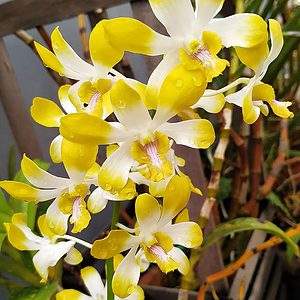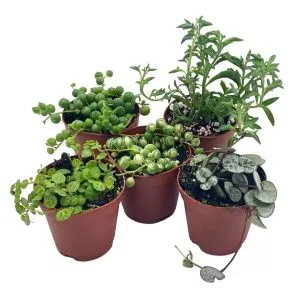No products in the cart.
Okay, you must agree that brussels sprouts are not high on the veggies list you enjoyed as a child. Still, now that you’re older, you have found this veg interesting and delicious with all the sprouts recipes available.
So, why not start growing brussels sprouts plants or seeds in your garden? The best part is we are going to help you get started.
Brussels Sprouts Varieties and Characteristics
When planting brussels sprouts, you must determine which type to grow. Still, it also depends on where you garden.
Thus, if you live in northern gardens, you can look at these cruciferous vegetables like the Long Island Improved, as it has a short length of growing to reach maturity. It can tolerate cold weather as well.
You can find a wide selection of seed packets to package sizes of these cole crops.
Still, the kids in the northern side might prefer the Rubine, which has a red hue and takes up to 105 days before these sprouts mature.
In the southern garden, you may prefer the Jade Cross as it has compact growth and is tolerant to heat. But if you want a quick fix, choose the Oliver maturing in 85 days from when it is transplanted.
How to Grow Brussels Sprouts from Seeds vs. Seedlings
You have two options to grow brussels sprouts: planting or buying seedlings. Yet, both these options to grow Brussels sprouts work well. Yet buying seeds is affordable, but you can lose time during the growing season as you must wait for the seed to germinate.
How to Plant Brussels Sprouts Seeds
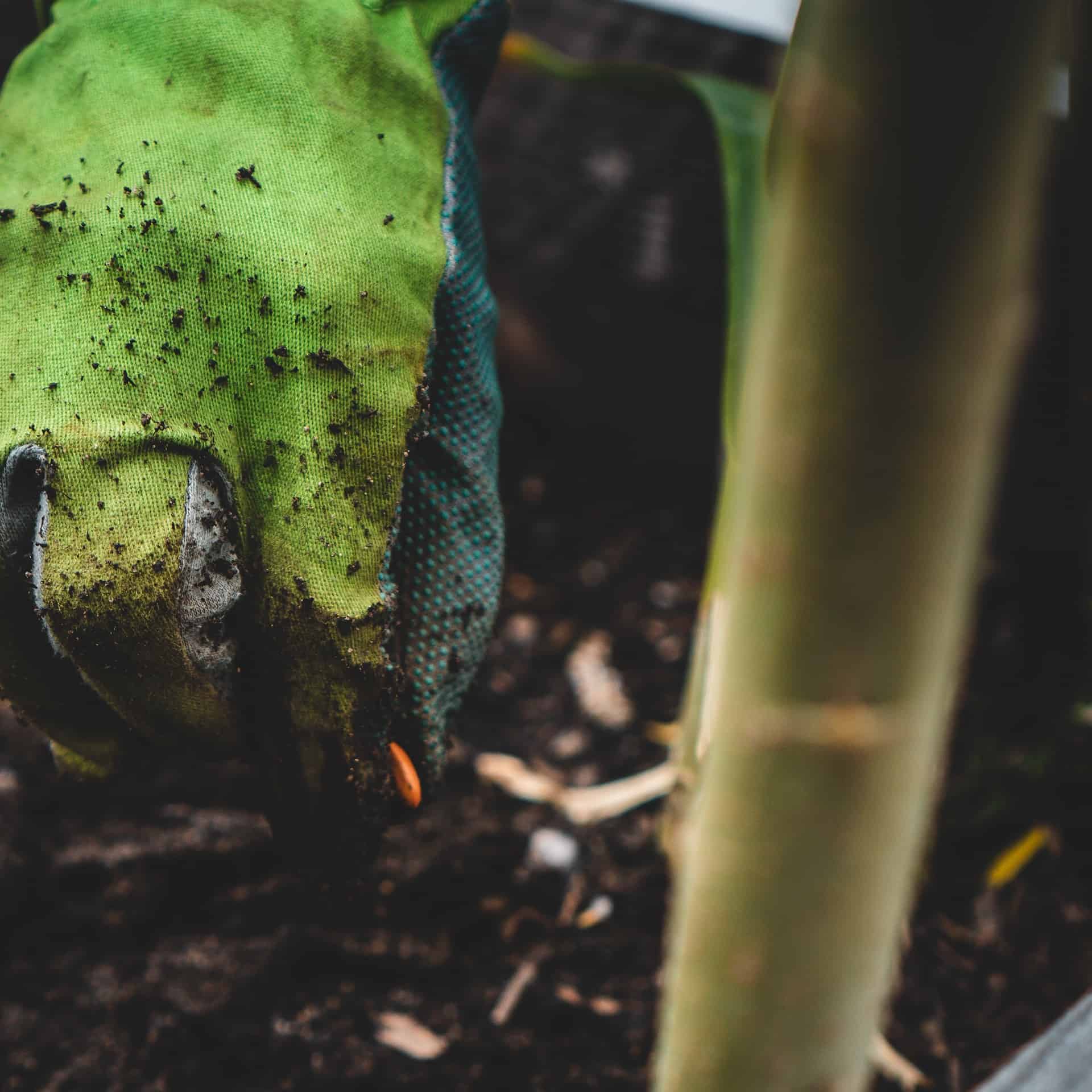
When you sow seeds from brussels sprouts, they are reliable to germinate. Therefore, you can start your plant indoors, depending on the growing days ahead. For example, you can start them indoors if you have a lot of cool days for the plant to mature outside.
Brussels sprouts are a cool weather crop needing cool weather to thrive. If you live on the northern side, you can direct sow seeds in mid-June to benefit from the light frost, as it enhances the flavor of the sprouts.
You will only sow seeds indoors for fall if the summer looks like a scorcher. You can then start the seedlings from June to July to keep them indoors for six weeks. Still, please provide them with at least 8 hours of direct sunlight or use grow lights.
For planting in spring, you need to get your seedlings in the ground early, and best to start seeds six weeks before the last frost date. Alternatively, you can start seeds indoors about eight weeks before the last frost date to transplant them to the garden.
Preferably harden your seedlings in a protected area for an hour and lengthen the hours daily. For gardeners to the south, you can enjoy a fall crop starting seeds ten weeks before the fall frost date.
For growing your transplant, you can plant the seed in containers filled with seed starting medium. Or choose compostable pots you can plant directly into the ground when the time comes.
Transplant the young plants when they reach three inches tall.
Growing Brussels Sprouts Seedlings

If you prefer buying transplants, you can find brussels sprouts plants at a garden center or nursery.
Prepare a bed and work in some compost to provide the brussels sprout plants drainage with water retention. The sprouts develop best in well-drained loamy and fertile soil.
Make a hole wider than the container size and provide each brussels sprouts plant enough spacing to yield a good harvest. Space plants are about 19 inches apart.
Plant brussels sprouts in direct sunlight with some light shade in the afternoon.
Remove the young plants from the containers and lower sprouts into the holes at the same height as the container.
Backfill with soil and water, allowing the soil to settle.
After you plant brussel sprouts in the garden, add a layer of mulch to help keep the soil moist.
How to Grow Brussels Sprouts Plants

Brussels sprouts have a relatively long growing season with intervals between the planting and the harvest sprouts. It can take up to 130 days, but you can find some shorter-season varieties maturing in 80 days.
Furthermore, it would be best to have cool temperatures, as anything above 75°F will bolt your plant to seed. So, you will end up harvesting the sprouts. Hence, the earlier you plant brussels sprouts in spring, the better.
Another benefit when you plant early compared to other plants is that it prefers a frost nip to enhance the flavor. The plants grown in a home garden have shallow roots; you must be careful around them.
Brussel Sprouts Care Guide
Now that you understand the conditions to grow brussels sprouts, you can find all the details of each growing condition, from the light to pruning, to ensure you can harvest brussels sprouts.
Sunlight Needs For The Brussels Sprouts Plants
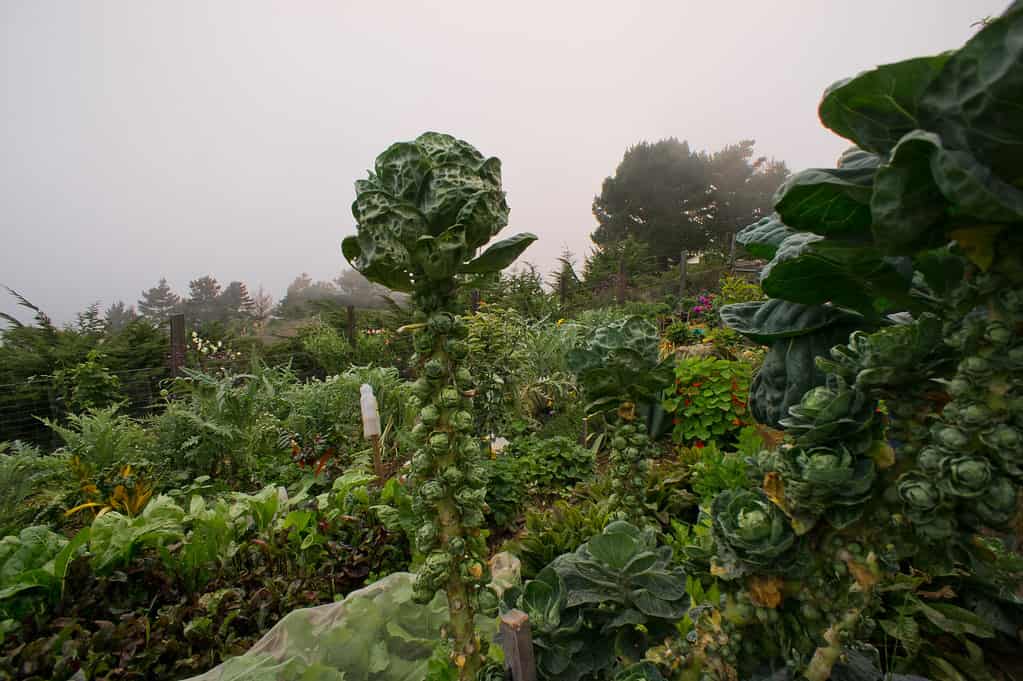 brussel sprouts growing in a cooler climate under full sun @flickr
brussel sprouts growing in a cooler climate under full sun @flickr
While the brussels sprout plant prefers cool climates to warm weather, they still need full sun to grow. If you live in warmer regions, choose a spot with partial shade to keep the soil moist and your plants protected.
Watering Brussel Sprouts
For the best-tasting sprouts, the young seedlings need consistent moisture. So, if there is no rain, water your planted brussel sprouts well. The crucial thing to remember is that these outdoor plants have shallow roots that dry out fast.
But still, do not waterlog the soil, as it can lead to root rot.
Ideal Soil pH
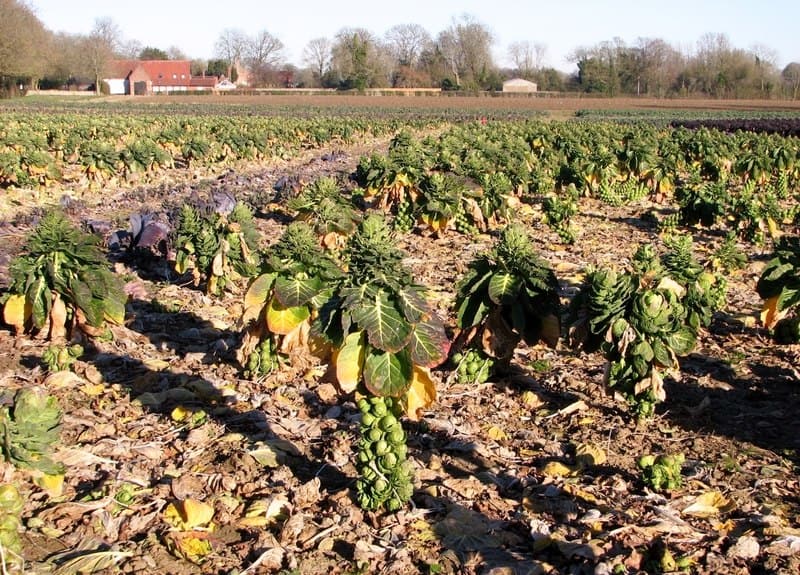
When you grow brussels sprouts, it needs consistent moisture but must not get wet feet. Thus, it helps provide your young seedlings with well-draining and fertile soil pH between 6.0 and 6.8.
Grow brussel sprouts in amended heavy, sandy, or poor soil using compost to provide drainage and fertility. If you need to reduce the acidity in the soil, we recommend adding some garden lime.
Also, to help retain moisture, you can add a layer of mulch around your young plants.
Fertilizing Brussel Sprouts
When you plant seedlings to help encourage large and flavorful heads, you need to keep them fed with a rich nitrogen blend of fertilizer. Add aged manure or compost at planting time, or use a slow-release granule feed in the hole.
During the growing season, you can add a top dress of granules monthly or use a compost tea weekly.
Temperature and Humidity
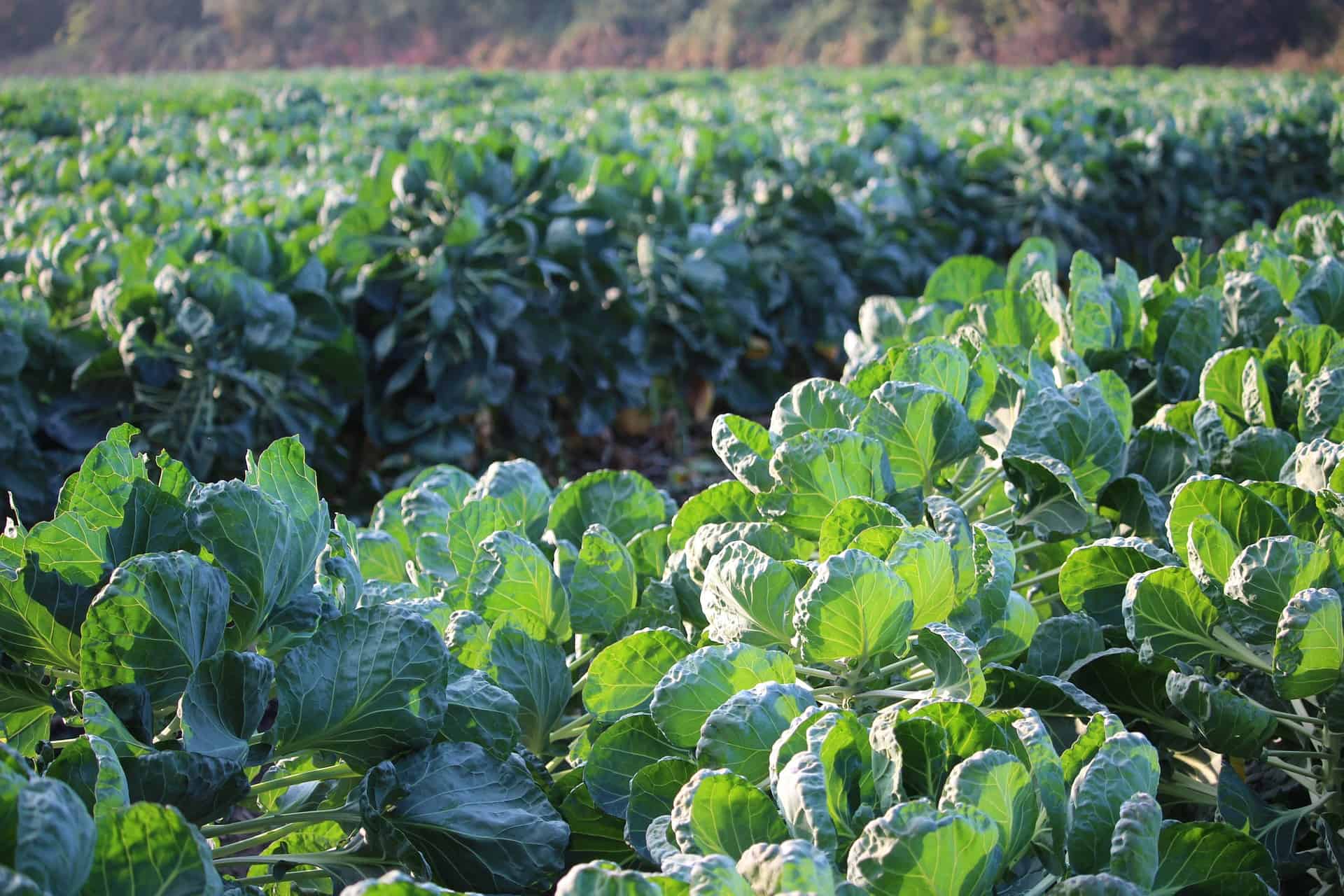
The brussels sprouts plants are cold weather tolerant, thriving in temperatures between 45-85°F. Brussels sprouts grow in temperatures down to 20°F in winter but will need some protection from hard freezes. While heat again can bolt the stalks to seed.
Pruning Brussel Sprout Plants
A great way to help your plant focus on forming the sprouts is pruning. As the brussels sprout stalks grow taller, remove the lower leaves, as they will turn yellow. As the growing season ends and you know that a hard freeze is nearing, you can remove all the top leaves.
Supporting Tall Brussel Sprout Plants
The Brassica oleracea grows thick stalks where the mini cabbages form above the sections where the leaves attach. These plants can reach up to three feet tall and bear hundreds of sprouts.
While you do not need to stake your seedlings at planting, you can stake them when you notice they get top-heavy. Stake each plant with bamboo, wooden stake, or rebar using twine.
Companion Planting for Brussel Sprouts
You can enjoy a spring crop of sprouts, and they can benefit from other plants like:
Onions
Celery
Rosemary
Mint
Basil
Sage
Garlic
Marigolds
These plants repel pests, while carrots and chamomile will improve your brussels sprouts’ flavor. Also, grow peas with your brussels sprouts plant to help loosen the soil for your sprouts to grow.
Common Pests and Plant Diseases
You are not the only one who wants to nibble on your fresh brussels sprouts. Unfortunately, aphids, slugs, cutworms, flea beetles, cabbage worms, snails, and loopers love the foliage on your plant.
To prevent these pests, you can hang some yellow sticky traps to capture your flying and jumping insects. For your other bugs, you can use organic insecticidal soap. Another concern is fungal diseases like powdery mildew, Alternaria leaf spot, black rot, and clubroot.
The best way to prevent diseases is to control the pests as they spread them. We recommend using a natural fungicide and always water near the roots instead over overhead. It also helps to rotate your crops as brussels sprouts grown in existing soil in the same location harbor diseases.
Growing Brussels Sprouts Plant Problems
Here are some tips if you run into any problems with your plant when noticing the following:
Holes in the leaves are a pest issue resulting from flea beetles or cabbage loopers. You can spread some diatomaceous earth to prevent the beetles from accessing your plants.
Sprouts develop small or no heads forming can be an issue with hot weather. It can also be from underwatering, or it lacks nutrients.
A brussels sprouts plant not growing can result from acidic soil, or it has clubroot disease. Therefore, we recommend you test the soil pH and amend it accordingly.
The sprout heads do not open or are loose from hot weather as heat causes them to open loosely. If the weather is cool, you have waited too long to harvest sprouts.
Harvesting Brussel Sprouts

You can cut, twist, or snap off the sprouts when they feel hard and have a deep green color to mature size. Still, the qualities depend on your cultivar and how it grows. Most of the time, you can harvest these cruciferous veg when they are one 1/2 inches in diameter.
You may find that some brussels sprouts are smaller while others are large when they are ready to harvest. The best time to pick is after frost, which enhances the flavor. You will find the brussels sprouts lower on the plant matures first, and you will need to pluck them before they turn yellow.
The yellow leaves on the sprouts are unappealing and bitter, even for adults. Therefore, when you do not remove the lower before harvesting, we recommend removing them afterward. Doing this will encourage your plant to grow taller and produce more sprouts.
As the growing season ends and you know it will get cold or too warm, you can harvest the whole stalk. Even the stalk you can eat has a tough outer layer you need to remove.
Storing Brussel Sprouts

You can preserve brussels sprouts in different ways if you end up with an early winter harvest to a large crop. You can consider pickling, drying, or freezing the cole crops. Place your fresh brussels sprouts in the fridge, which will last up to a week in plastic bags.
If you remove the whole stalk, you can place the cut end into a bowl of water in the refrigerator. Still, it can take up much room and last for a week. Alternatively, you can place the sprouts in a container in the vegetable crisper drawer.
Before placing the brussels sprouts in the freezer, it first needs to be blanched. Next, boil them for four minutes and immerse them in ice water. Then leave them on a towel to dry to place them in plastic bags in the freezer.
When pickling brussels sprouts, you also need to boil them for 10 minutes and then slice the heads in half. Then pack them in sterilized jars, leaving an inch of space at the top. Now boil equal parts white vinegar and water, add a teaspoon of salt for each liquid pint, and leave the mixture to cool.
Then add your spices and flavoring from pepper, red pepper flakes, garlic, lemon, and more to the liquid. Fill the jars with your brine until it is half an inch from the top. Place the jars in the refrigerator for a few weeks for the flavor to seep in.
For dehydrating brussels sprouts, boil the heads for ten minutes and then slice them in half. Leave the sprouts on a towel and place them in your dehydrator set to 125°F for hours or until dry.
Store brussels sprouts in an airtight container for up to a year.
Final Thought
While the brussels sprouts plant is known for being difficult to grow, you can grow this tasty treat in the garden at home when you give them what they need. But it also depends on the weather you have.
You never know. You might start a new tradition with a brussels sprouts salad to enjoy along with your grilled corn and burgers. The best part is that your kids will love the treat or look at them dismayed.
Perhaps they might even learn to love them. So why not get them involved in growing brussels sprouts in the garden to enjoy them? So grab some brussels sprouts plant seeds from us today, and get the family involved today.
Whether you want to buy, sell, or simply reach out to other plant enthusiasts, Plantly is the right place to be!
-
$22.00Sold By: Cactus Island
In stock
Pilosocereus aurisetus ssp. werdermannianus HU103
Sold By: Cactus Island -
Free Shipping$39.99Sold By: Aloha Hawaii Orchids
$49.99In stock
Dendrobium Banana Royal x Anching Lubag 4″ Pot
Only 3 available and it’s in 1 people’s basketRated 4.65 out of 5 based on 268 customer ratings00Sold By: Aloha Hawaii Orchids -
$49.99Sold By: BubbleBlooms
In stock
Succulent Strings Set, Variegated String of Pearls, Turtles, Hearts, and Needles, premium collection, in 2 inch pots, plant gift
Only 99 available and it’s in 2 people’s basketRated 4.81 out of 5 based on 279 customer ratings01Sold By: BubbleBlooms -
$17.95Sold By: SunSoul Plants
$22.95In stock
Philodendron Golden Goddess – ‘Lemon Lime’ Philodendron in 3″ or 4″ pot
Rated 4.87 out of 5 based on 98 customer ratings00Sold By: SunSoul Plants

